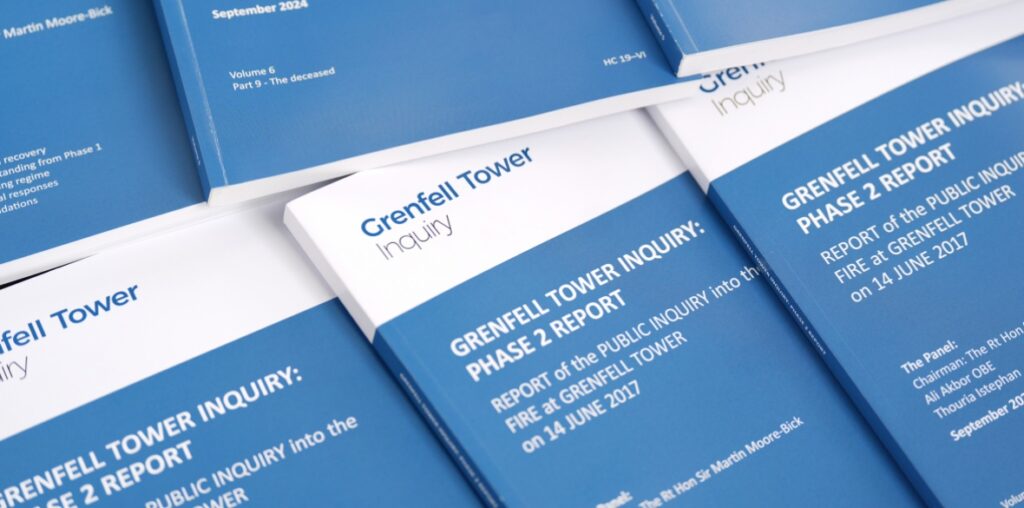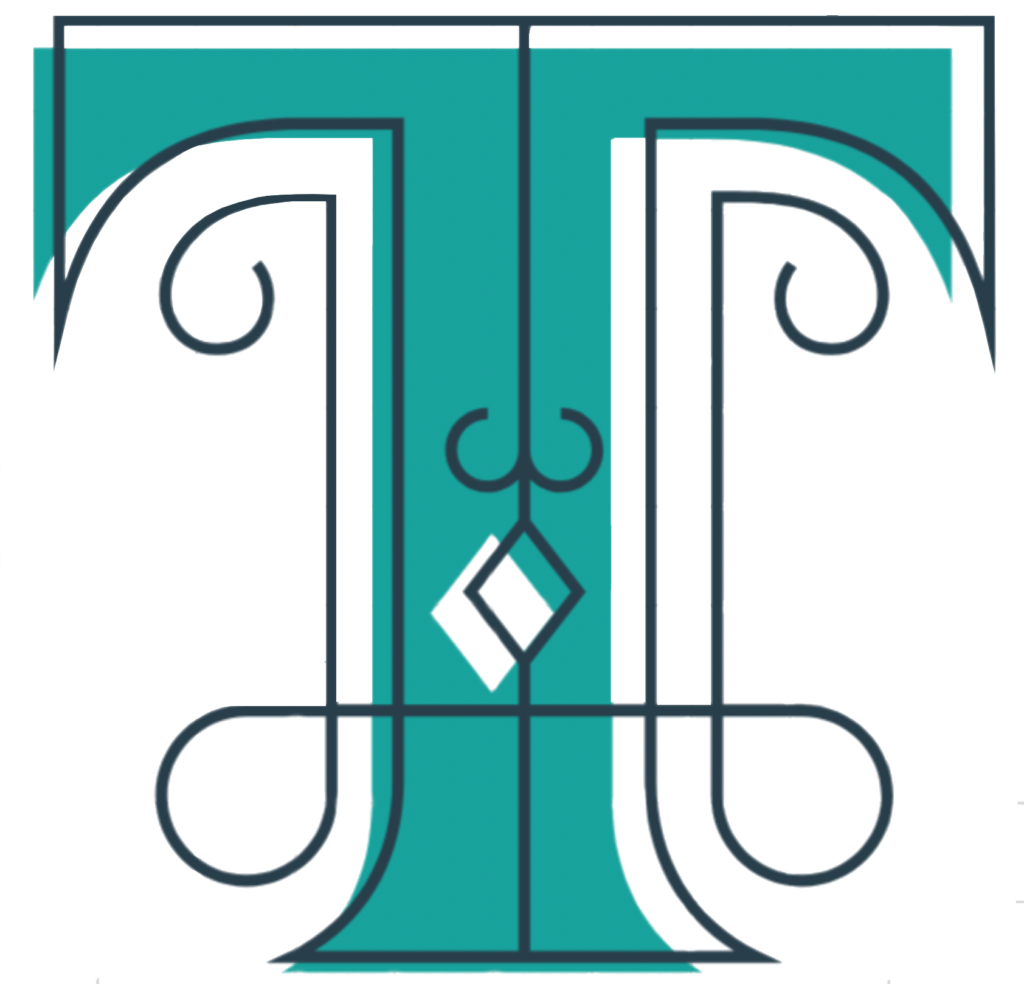June 14, 2017 –– a fire broke out at North Kensington’s Grenfell Tower, starting in the kitchen of its fourth floor and spreading to all 24 floors. At the end of the tragedy, seventy-two people had died; the fire was burning for 24 hours before it was extinguished. Victims of this residential building ranged from a 6-month old to an 81-year old woman, as well as individuals who died as a result of longer health conditions due to the fire.
Later analysis by firefighters and experts on the building discovered that a primary source of the fire’s massive transmission was due to some of the remodeling done on the building a while earlier. In their reports, officials noted that the external cladding (material added as a layer on top of a pre-existing structure) that was included as a rain proof barrier played a role. Specifically, this cladding was made of aluminum attached to a polyethylene (plastic) surface. The polyethylene is highly flammable and believed to fuel the size and scope of the fire.
According to fire expert Professor Luke Bisby, “The ACM (aluminum composite material) product on Grenfell Tower incorporates a highly combustible polyethylene polymer filler which melts, drips, and flows at elevated temperature. The polyethylene filler material is expected to release large amounts of energy during combustion.”

Last month, a public report about the inquiries into the fire was released. The 1700 page document detailed similar disasters caused by cladding and how reports on those events were buried or held as confidential. In 1992, Knowsley Heights tower in Merseyside. In 1999, Garnock Court in North Ayrshire. In 2009, Lakanal House in South London. Throughout all of this, reports on how this type of cladding is extremely combustible and dangerous for safety standards were hushed. According to a BBC report, “The Building Research Establishment (BRE) is a key body in the UK that was set up 100 years ago to help deliver quality science-led standards for the construction industry. It is the government’s expert adviser. The BRE was privatized in 1997 – but the inquiry said it then became exposed to ‘unscrupulous product manufacturers.’”
The inquiry found that manufacturers of this product, including Arconic, Celotex, and Kingspan, misled the usage and safety of the cladding by not providing accurate information regarding the mandatory tests the product needed to go through. Even the contractors were named as players in the Grenfell fire as they did not apply the necessary care and notice that fire safety required when installing the cladding. Additionally, senior officers in charge of training firefighters were also noted as sources that led to the length and scope of the fire’s travel. It had been previously found that firefighters have difficulty controlling flames in high rise buildings, and the Grenfell report indicated that officials should have improved the training firefighters received before battling similar cases.
This inquiry pointed out significant holes leading up to the Grenfell fire that should have been noticed and fixed, and it is the hope that the direct results and objectives of this report will help the government, contractors, and other individuals playing a role in this scenario to limit the possibility of this occurring again.

